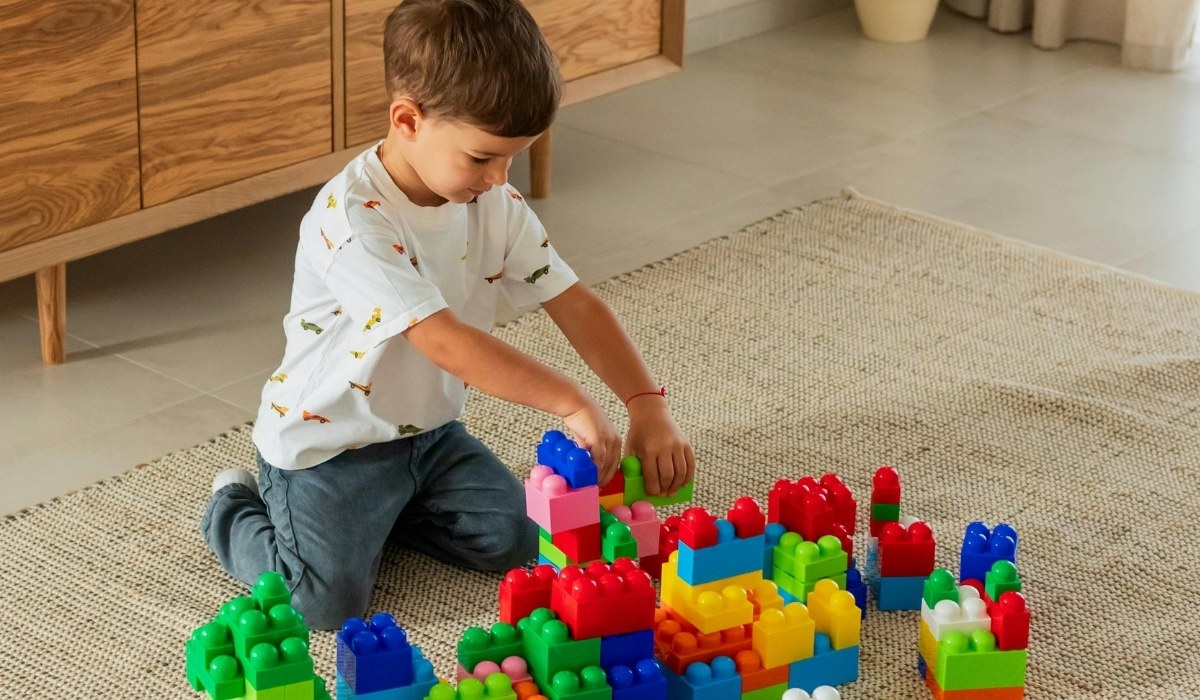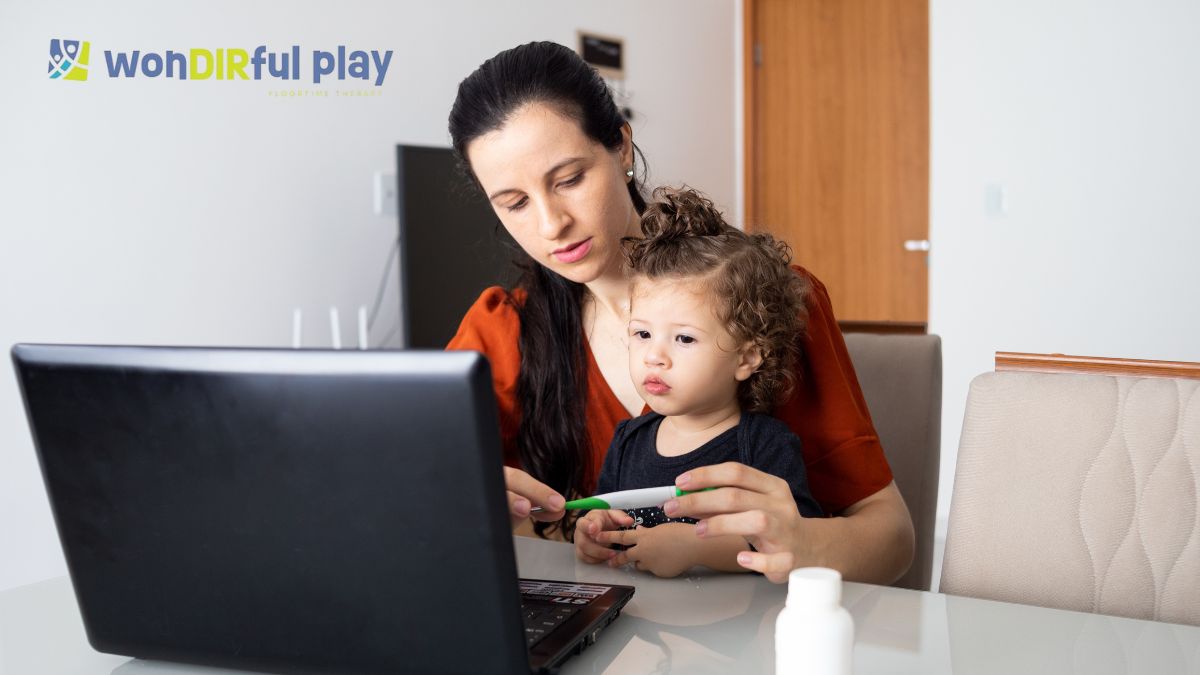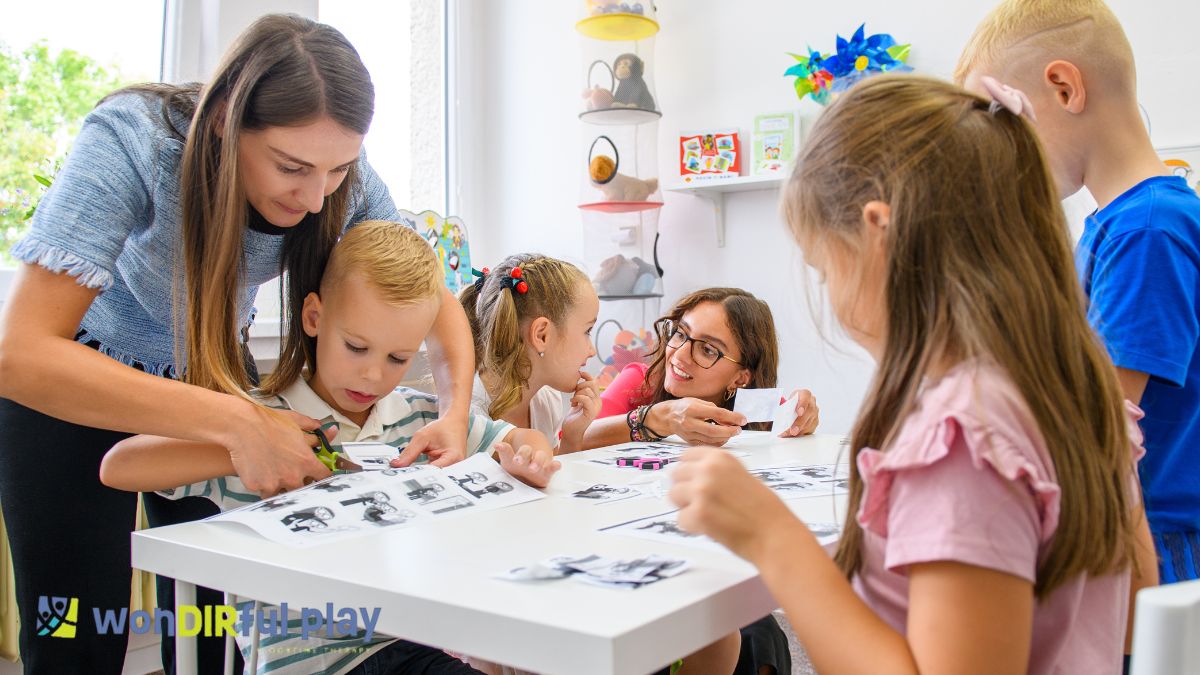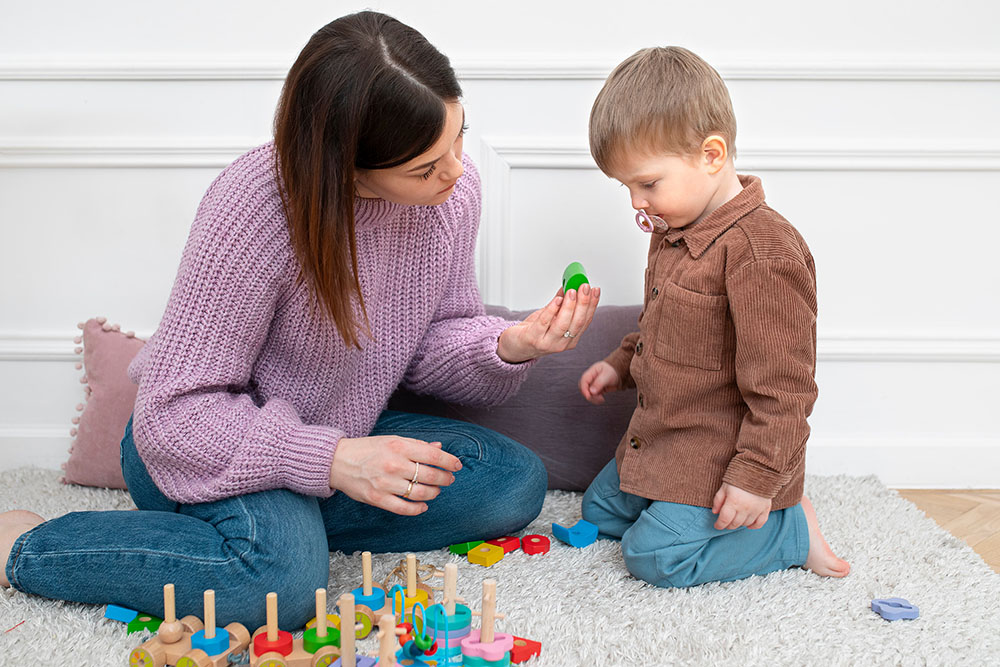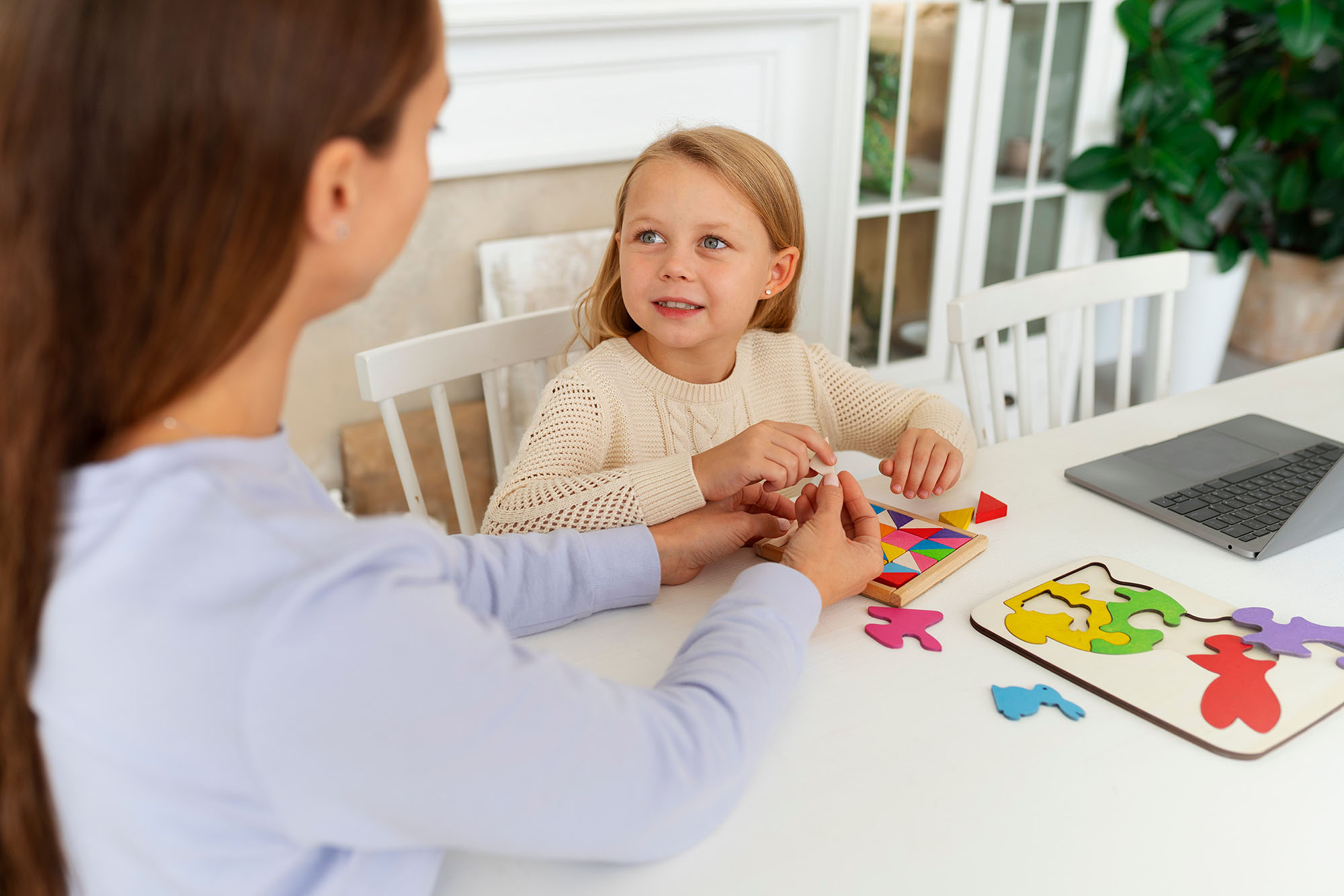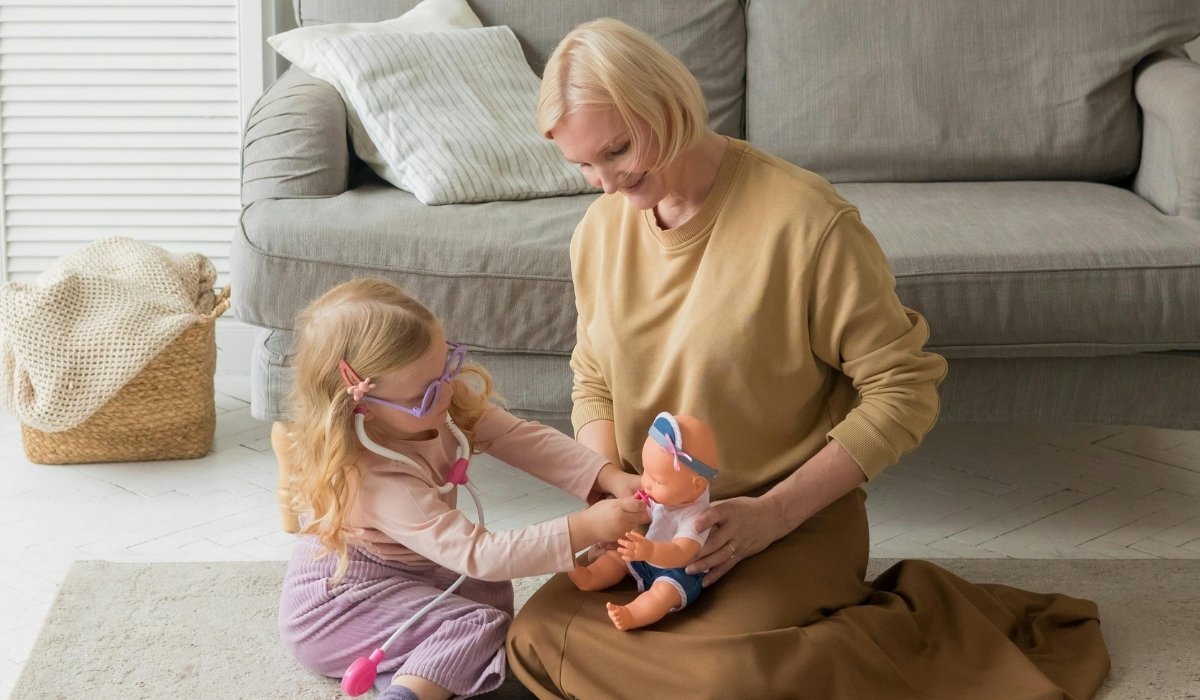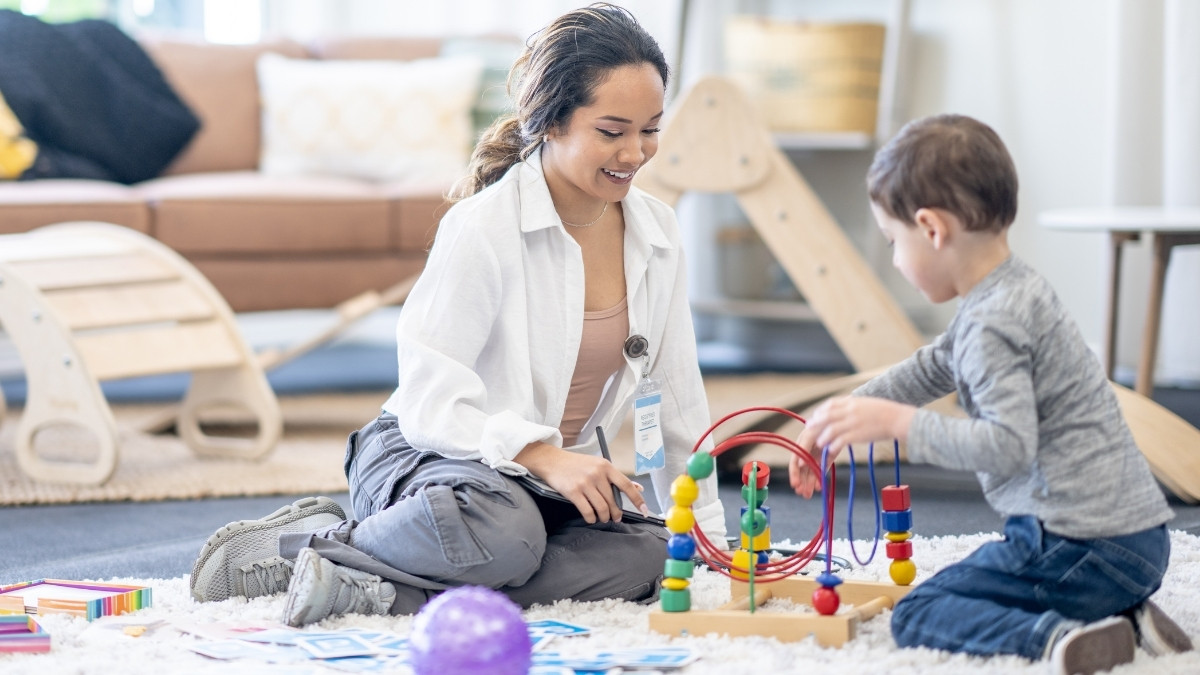DIR Floortime Co-Treatment in Speech/OT: What to Measure and Why It Works
October 5, 2025
DIR Floortime co-treatment links sensory, motor, and language work in shared therapy. Learn how this approach drives stronger engagement and daily progress.
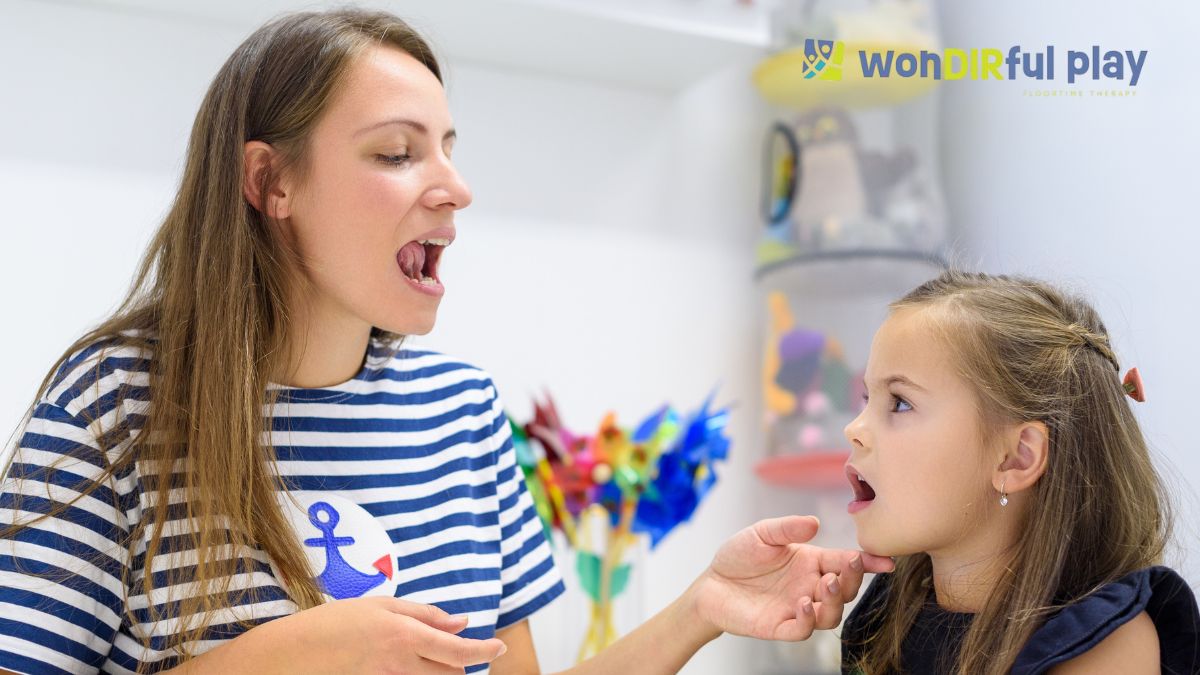
Key Points:
- DIR Floortime co-treatment in speech and OT improves communication, regulation, and functional play by aligning therapy goals in shared routines.
- Teams track progress across five domains using measurable data like circles per minute, spontaneous language, sensory regulation, motor coordination, and caregiver implementation.
- This approach generalizes skills to daily life and boosts caregiver confidence.
Parents want sessions that actually move the needle. DIRFloortime sets up shared play and shared problem-solving so a child practices communication while the body stays organized. Speech and OT work side by side when goals overlap.
You will see what to measure in these co-treat visits, how teams record progress, and why the approach helps children generalize skills to home and school.

What Does “DIR Floortime Co-Treatment” Mean?
DIRFloortime focuses on development, individual differences, and relationships. Speech targets connection and communication. OT targets sensory regulation and the motor base that supports that communication.
Co-treatment means both clinicians treat together when collaboration adds clear value. Guidance from ASHA, AOTA, and APTA states co-treat sessions should occur for clinical benefit, not for convenience, and must include rationale and goal-level documentation.
In practice, teams:
- Plan one shared play routine where language and regulation goals run at the same time.
- Assign one lead per minute block while the other shapes sensory input or models language.
- Debrief with caregivers so home play repeats the same targets with simple cues.
Use the DIR/Floortime approach to keep engagement the anchor while motor and language demands scale up inside play.
Why Does Demand for Integrated Care Keep Rising?
Autism identification has increased, which raises demand for coordinated therapy. In 2022 data reported by the CDC, about 1 in 31 U.S. 8-year-olds were identified with autism. Rates vary by site and boys are identified more often than girls.
DIR Floortime co-treatment answers that demand by aligning therapies. Families avoid duplicate drills. Children gain more practice inside natural routines. Systems also value sessions that meet medical necessity when they restore or improve daily functions such as talking, feeding, dressing, and participation.
Helpful terms to know
- What is DIR Floortime therapy for autism: Developmentally sequenced work on attention, engagement, and problem-solving in relationships.
- DIR approach: Tailoring supports to a child’s sensory and motor profile while growing interaction and thinking.
- What is DIR Floortime therapy: Coaching adults to use playful interactions that spark circles of communication.
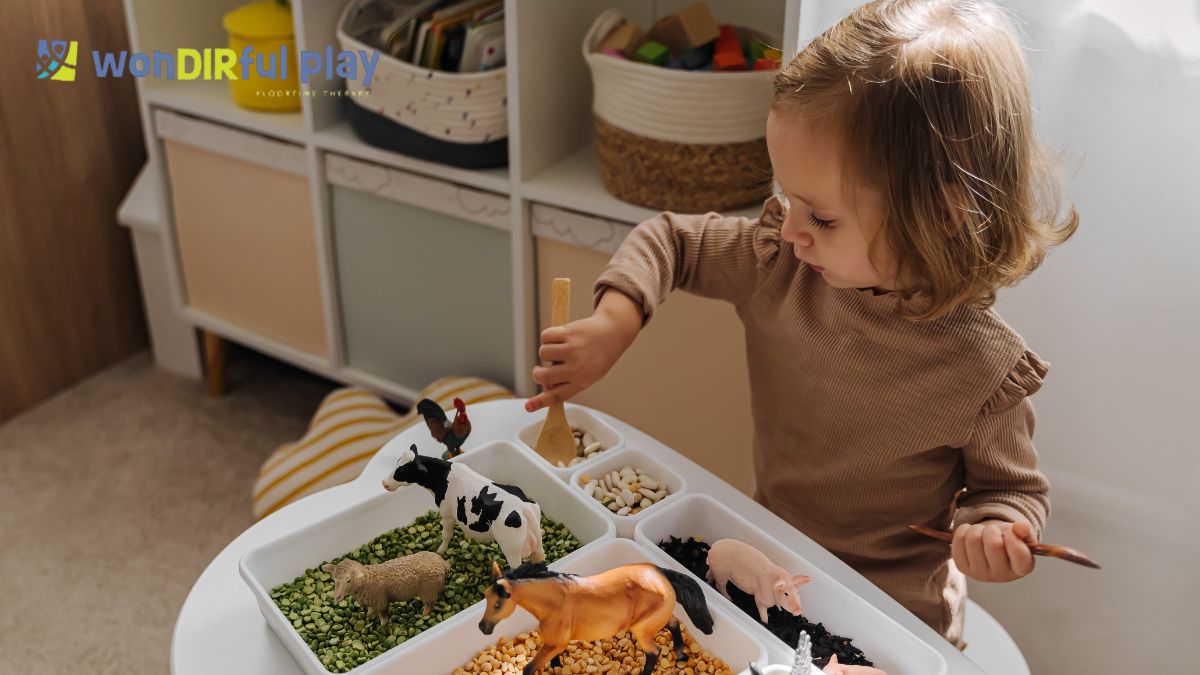
DIR Floortime Co-Treatment: What to Measure
Teams track outcomes across five domains so progress is visible and shared with families.
- Functional Emotional Developmental Capacities (FEDCs)
Measure the child’s ability to regulate, engage, and move into back-and-forth circles of communication. Use session sampling of circles achieved per minute in preferred and non-preferred activities. A recent systematic review of DIR/Floortime reported substantial progress across levels of functioning, especially with home-based practice. - Communication in Play
Track spontaneous initiations, responsive turns, repair attempts, and duration of shared attention. Count functional language during play rather than drill only. Use short probes for DIRFloortime examples like “build-then-knock” or “pretend kitchen service” that invite requests, comments, and questions. - Sensory Regulation and Arousal
Measure latency to calm, number of self-regulation strategies used, and tolerance for graded sensory input. OT records the sensory diet elements that stabilize engagement so the SLP can push for longer conversational turns. - Motor Foundations for Speech and Play
Track postural control, bilateral coordination, and praxis, the key motor planning skills that enable gestural communication and play schemes. Link motor goals to language demands, like adding a two-step motor sequence to a two-word request. - Caregiver Carryover
Measure how often the coached routine appears at home and the percentage of correct cueing by the caregiver. Parent involvement in DIR Floortime shows moderately strong improvements in child outcomes versus control conditions (g ≈ 0.55). This supports active coaching inside DIRFloortime co-treatment.
Quick record-keeping tips
- Use one shared note with aligned targets and separate discipline-specific sections.
- Graph circles per minute, words per minute, and regulation ratings across weeks.
- Add one home routine each week and rate caregiver cue accuracy.
How Do We Structure the Session Flow?
Set-up
Begin with regulation. OT chooses movement or deep pressure from DIR Floortime occupational therapy that sets the body for attention. Speech primes a simple communicative temptation.
Flow example
- Warm-Up: Heavy work plus joint attention song.
- Core Play Routine: Obstacle delivery game with “go, stop, in, out” targets and motor sequencing.
- Challenge Round: Add a pretend theme to raise symbolic play and problem-solving.
- Cool-Down: Breathing or proprioceptive input while the child requests again at lower arousal.
Coaching
Caregivers practice the same sequence. Clinicians model clear cues, then fade to a prompt hierarchy the caregiver can use.
Use Floortime coaching strategies so adults know how to capture moments in daily life.
What Goals Fit Best in Co-Treat Sessions?
Goal clusters that pair well
- Engagement + Regulation: Sustained circles of communication while maintaining calm body.
- Motor Planning + Language: Build a motor sequence that matches sentence length.
- Feeding + Communication: Request-and-wait routines during sensory-friendly tasting.
- Play Expansion: Move from functional to pretend play with simple roles and scripts.
When to choose solo sessions instead
- Fatigue lowers participation in dual-provider work.
- One domain requires intensive shaping without added demands.
- Testing or specialized treatment needs a quiet, single-discipline block.
Teams follow co-treatment guidance that allows two disciplines together for clinical benefit and requires session documentation from each clinician.
How Do We Show Progress Parents Can Trust?
DIR Floortime values real-life change. Show it with mixed measures.
Quantitative checks
- Circles per minute in two play routines.
- Words per minute and function types, like requests, comments, and repairs.
- Regulation score using a simple 1–5 scale across transitions.
Qualitative checks
- Caregiver report of smoother mornings.
- Teacher note of more peer entry.
- Video samples scored for engagement and reciprocity.
In a one-year follow-up of home-based DIR/Floortime at about 14 hours per week, 47% of children achieved at least 1.5 functional developmental levels of progress and 23% gained one level. Use data like this to set realistic expectations and map dosage.

Measurement Tools That Pair Well With DIR
Useful options
- FEDC checklists aligned to the DIR/Floortime approach.
- Play-based language sampling sheets with function tallies.
- Sensory regulation logs tied to routines.
- Short caregiver fidelity rubrics for coached play.
How to keep it simple
- Pick two numbers and one short narrative note per goal.
- Chart weekly trend lines for quick team huddles.
- Review home videos for 3 minutes per session to score transfer.
DIR vs ABA: Where Does Co-Treatment Fit?
Families often compare Floortime therapy vs ABA, since many programs blend elements. DIR centers on relationships and developmental capacities, while Floortime ABA or Floor Time ABA can integrate naturalistic teaching in play. Co-treatment focuses less on labels and more on shared targets inside a single routine.
Choose the mix that sustains engagement and builds flexible communication. One review of DIR/Floortime reported broad gains across emotive functioning, communication, and daily living skills with no reported adverse events.
How Many Sessions and What Intensity?
Pacing depends on regulation, caregiver capacity, and access. Evidence from caregiver-led models suggests consistent practice leads to better outcomes, which supports weekly coaching inside sessions plus daily home play.
The DIR Floortime and speech therapy together can run 45–60 minutes with brief role switches so each clinician leads while the other supports. Dosage grows by adding short home routines, not just clinic minutes.
Documentation, Ethics, and Insurance Basics
Teams document co-treat sessions clearly. Each clinician lists goals addressed, role in the routine, and observed change. Many plans cover DIR Floortime and speech therapy or OT when services meet medical necessity and follow payer rules.
Some payers publish DIR-specific billing guidance or caregiver-training codes that may support family coaching, though rules vary by plan and by state.
Practical steps
- Confirm benefits for speech and OT visits.
- Use accurate CPT codes and clear notes tied to function.
- Align the plan of care with payer documentation rules.

Frequently Asked Questions
Is Floortime covered by insurance?
Floortime is covered by insurance when sessions meet medical necessity, use valid CPT codes, and document functional goals tied to daily living needs. Coverage often applies to speech or occupational therapy even if delivered using the DIR/Floortime model. Carrier-specific policies may exist for caregiver training or DIR-style interventions.
What are co-regulation strategies in ABA?
Co-regulation strategies in ABA involve an adult helping a child regulate emotions by staying calm, providing warm responses, and using simple choices to support shared engagement. The adult models emotional control, reduces demands temporarily, and guides the child back to interaction. These strategies align with ABA and developmental-behavioral models.
Is DIRFloortime neurodiversity affirming?
DIRFloortime is neurodiversity-affirming because it respects individual sensory profiles, promotes relationship-based growth, and prioritizes autonomy in co-regulated play. The model supports flexible engagement, shared joy, and functional communication instead of enforcing uniform behaviors.
Put DIR Floortime Co-Treatment to Work
Families seeking DIRFloortime co-treatment in New Jersey can expect sessions that blend communication targets with sensory and motor supports inside playful routines. WondirfulPlay pairs speech and OT so children practice real communication while bodies stay organized. We offer practical coaching and clear data so parents know what is changing week to week.
Reach out to start therapy today and set up a plan that fits your child’s strengths and your family’s routines.
Recent articles


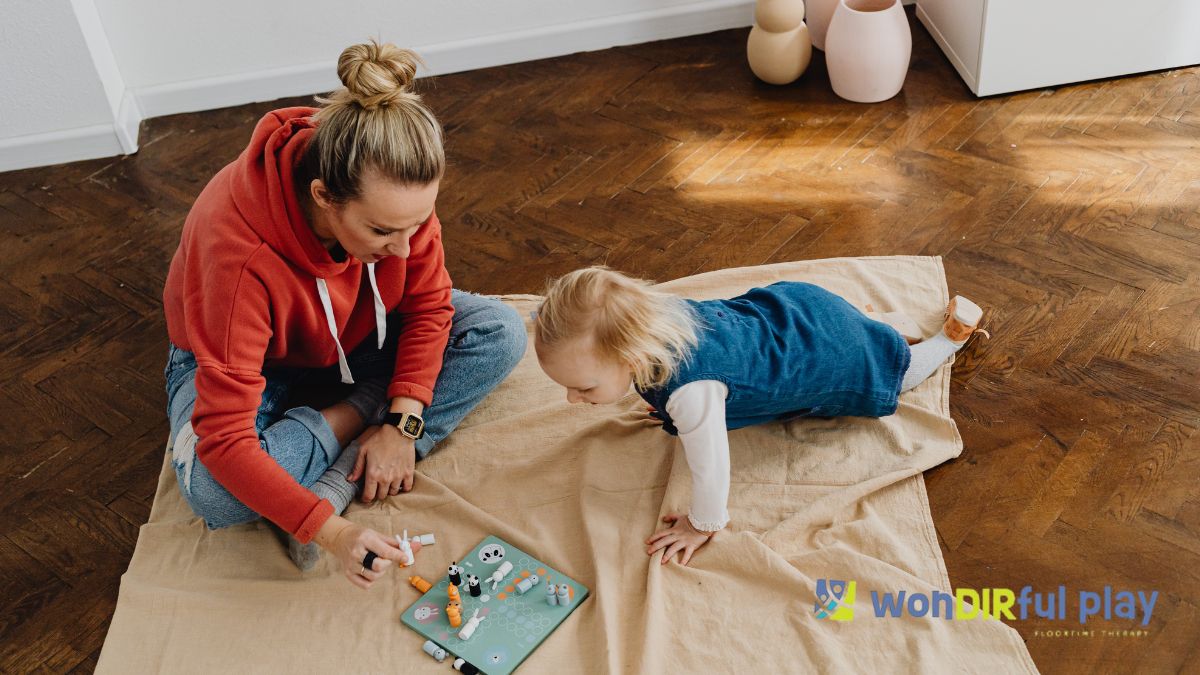

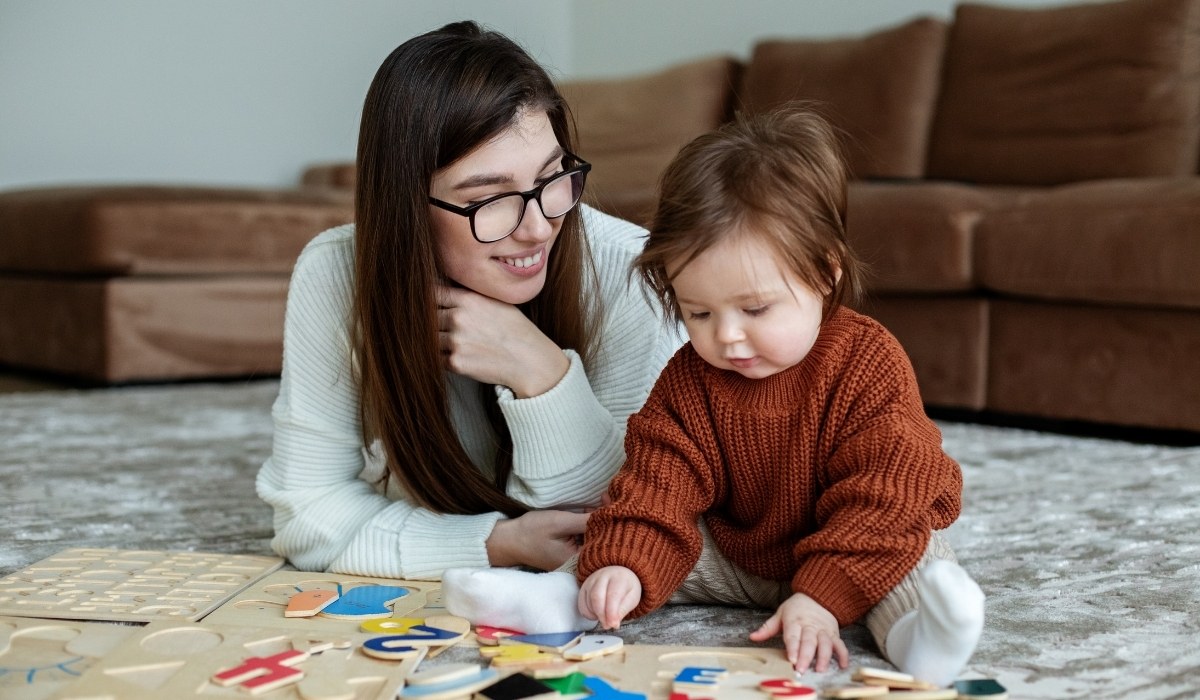
-ink.jpg)
-ink.jpeg)
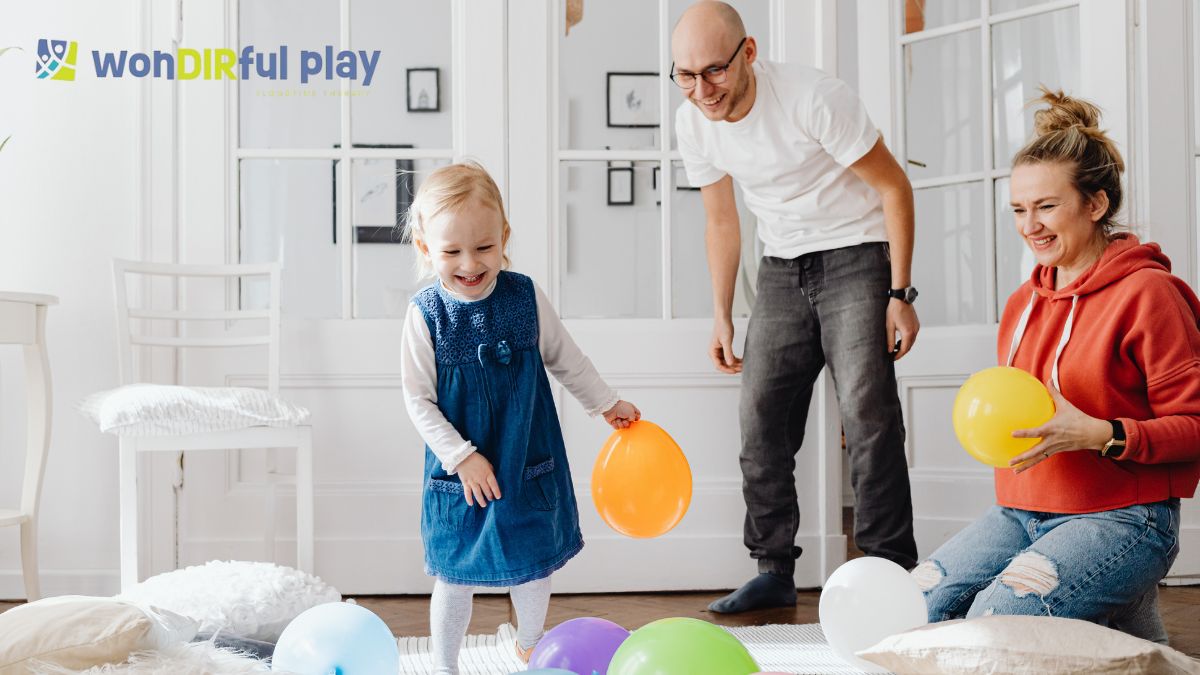
-ink.jpeg)
-ink.jpeg)
-ink.jpeg)


